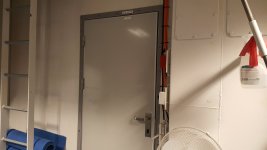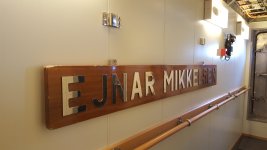Ships require maintenance. Lots of maintenance.
Ships undergoing extended maintenance ashore do not require a full crew.
Ships undergoing extended maintenance are not going to sea.
So a third JSS merely increases the odds that you'll have two capable of going to sea.
Those arguments sounds neat on paper, but it ignores the practical bottlenecks the RCN is facing right now.
1. Crewing
Even if a third JSS were delivered tomorrow, the Navy does not have the sailors to crew it. CAF is short thousands of personnel, with ships already being tied up because of manning shortages. A ship in long-term maintenance might not need a full crew, but the Navy still has to
find two full JSS crews today before even considering a third.
2. Infrastructure limits
Esquimalt and Halifax are already struggling with jetty space and yard capacity. The two Protecteurs plus Asterix already stretch replenishment berthing, maintenance, and refit capacity. Adding a third hull now would mean parking it idle or contracting out even more costly commercial support.
3. Support system capacity
A JSS is not a simple vessel, it requires significant supply chain, depot-level maintenance, and dockyard resources. Right now, Canada’s maintenance system is under stress keeping the existing fleet operational. A third JSS would just sit in rotation waiting for the same finite refit slots, not actually increasing available sea days.
4. Operational demand vs. solutions
Today, RCN operational requirements can be covered by MV Asterix if they keep it plus two JSS in the medium term. If a gap appears, a chartered tanker or “cheap oiler” covers the need far faster and cheaper than another $3B bespoke JSS sitting idle.
Right now, a third JSS doesn’t give us “two at sea more often” it would give us an expensive hull the Navy can’t crew, dock, or sustain. When resources (personnel, jetties, maintenance capacity) catch up,
then it makes sense. Until then, smarter to plug gaps with commercial or auxiliary solutions. Down the road when we're flush with sailors perhaps but now now.




